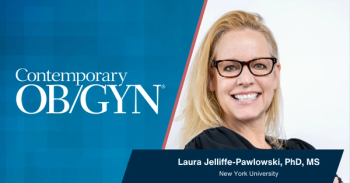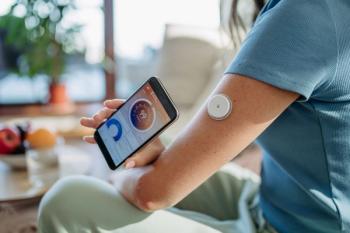
Babies of young teens at high risk of complications
NASPAG 29th conference featured research on the increased risk of complications in teen pregnancy, the desire on over-the-counter contraception, and a tool to help identify patients with menorrhagia.
Risks of
Researchers from the University of Washington analyzed data on singleton births at 24 to 43 weeks to nulliparas in Washington State from 1987 to 2009 for the retrospective report. They compared method of delivery and secondary outcomes in adolescents aged 11 to 14, teens aged 18 to 19, and young adults aged 20 to 24. Secondary outcomes reviewed were postpartum hemorrhage,
For adolescents aged 11 to 14, risk of cesarean and operative vaginal delivery was lower but maternal length of stay was increased compared with women aged 20 to 24 (OR, 0.67; 95% CI, 0.58-0.78; OR, 0.77; 95% CI, 0.72-0.84; and OR 1.52; 95% CI, 1.33-1.74, respectively). Young adolescents also had increased rates of preterm delivery (OR, 2.11; 95% CI 1.79-2.48), low and very-low-
Facebook Survey: Teens want OTC contraception
Results of a
The Facebook ads received 3720 clicks, which resulted in completion of the survey by 348 adolescents. Approximately a third of the respondents (32%) were aged 17, 31% were 16, 24% were 15, and 13% were aged 14. Seventy-nine percent of the participants identified as white. Overall, the respondents came from 44 states with an equal geographic distribution; 53% lived in suburban areas, 41% had private insurance and 33% had public health insurance.
Nearly half (44%) of the teens were sexually active, 60% of whom said they had unprotected sex and 12% of whom reported having been pregnant. Half of the respondents had used contraception.
Of the respondents, 73% were in favor of OTC access to OCs for teens and 61% said they were likely to use OCs if they were available OTC. Adolescents who had used contraception and who were
New tool may identify teens with heavy menstrual bleeding
A patient-reported questionnaire developed by researchers in Cincinnati may help clinicians identify teens with
Administered to all new patients aged 9 or older who present to the Pediatric and Adolescent Gynecology clinic at Cincinnati Children’s Hospital Medical Center, MAT includes questions on bleeding severity, spontaneous bleeding symptoms, and personal and family history of
For the study presented at the NASPAG conference, researchers compared the total MAT score and the score on each of the five questions on the survey from 576 patients in the menorrhagia registry with data from 954 clinic patients with other primary diagnoses from January 1 through December 31, 2013. Menorrhagia scores for the two groups were statistically significantly different (5.04 + 3.97 vs 3.66 + 2.84; P<.0001) as were scores for individual measures of bleeding severity (P<.0001).
The results, the authors said, reinforce results from a prior revaluation of MAT that found it to be a psychometrically sound and reliable, noninvasive way of evaluating menstrual bleeding symptoms in patients with menorrhagia.
Newsletter
Get the latest clinical updates, case studies, and expert commentary in obstetric and gynecologic care. Sign up now to stay informed.











